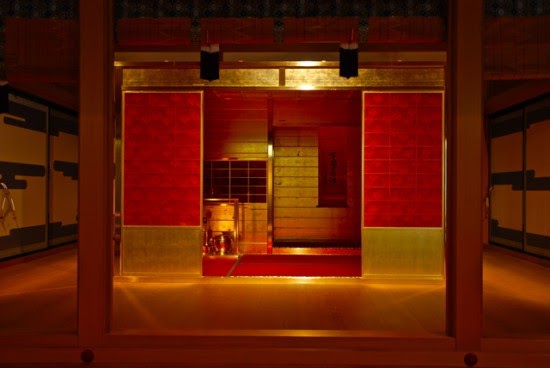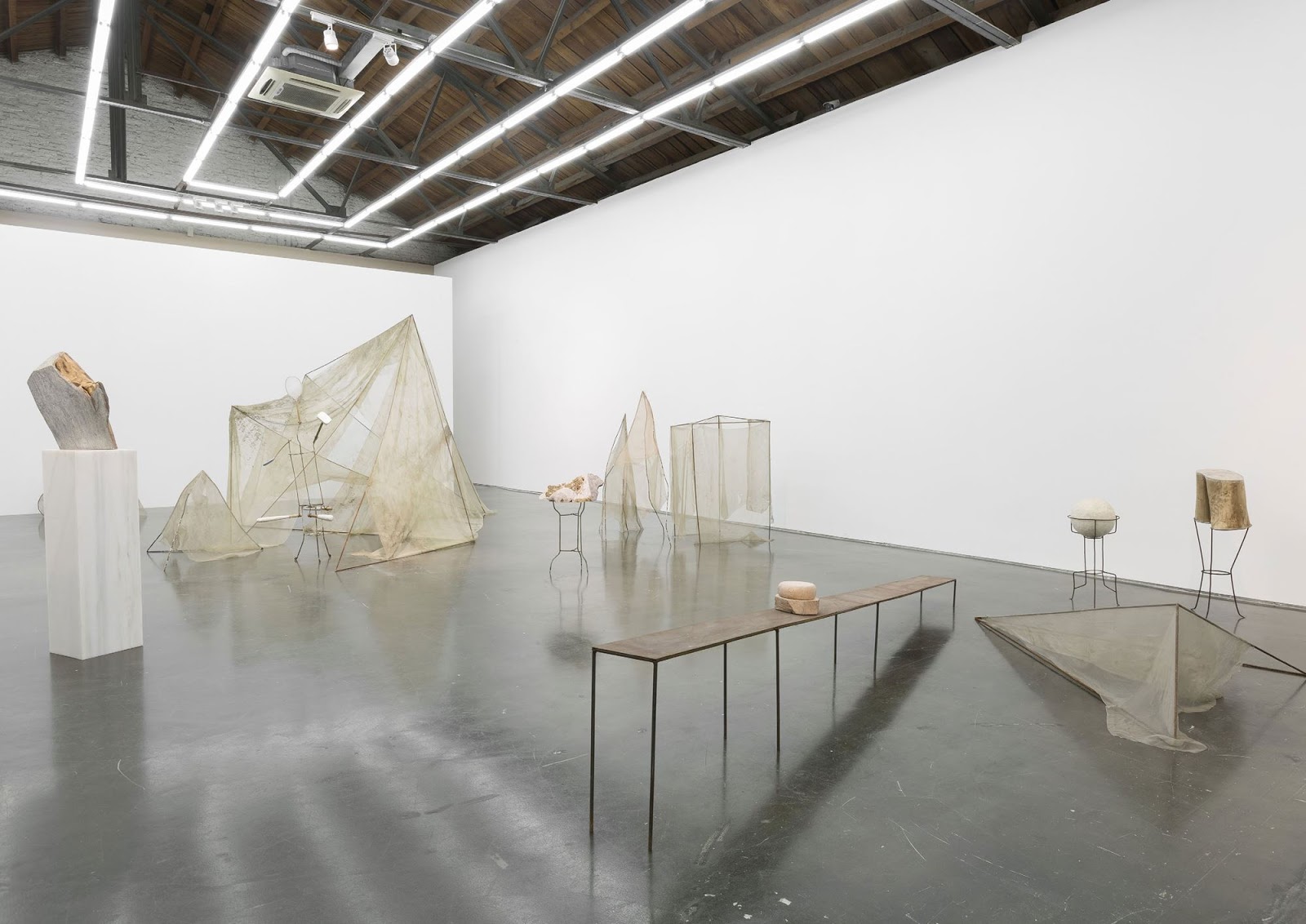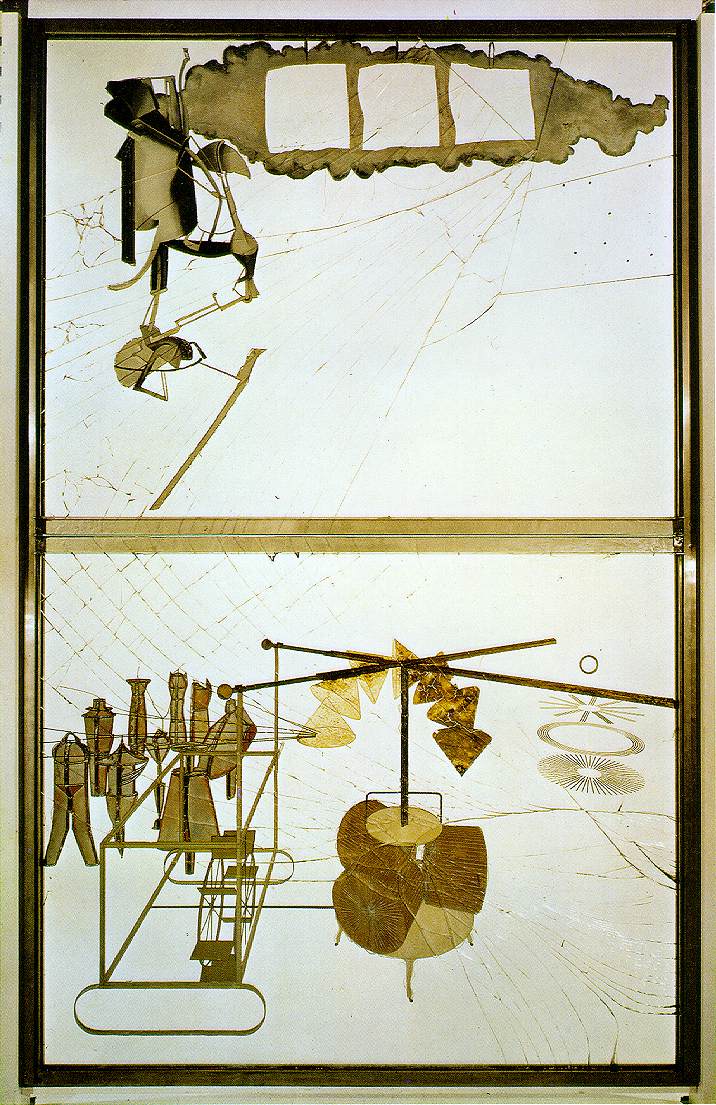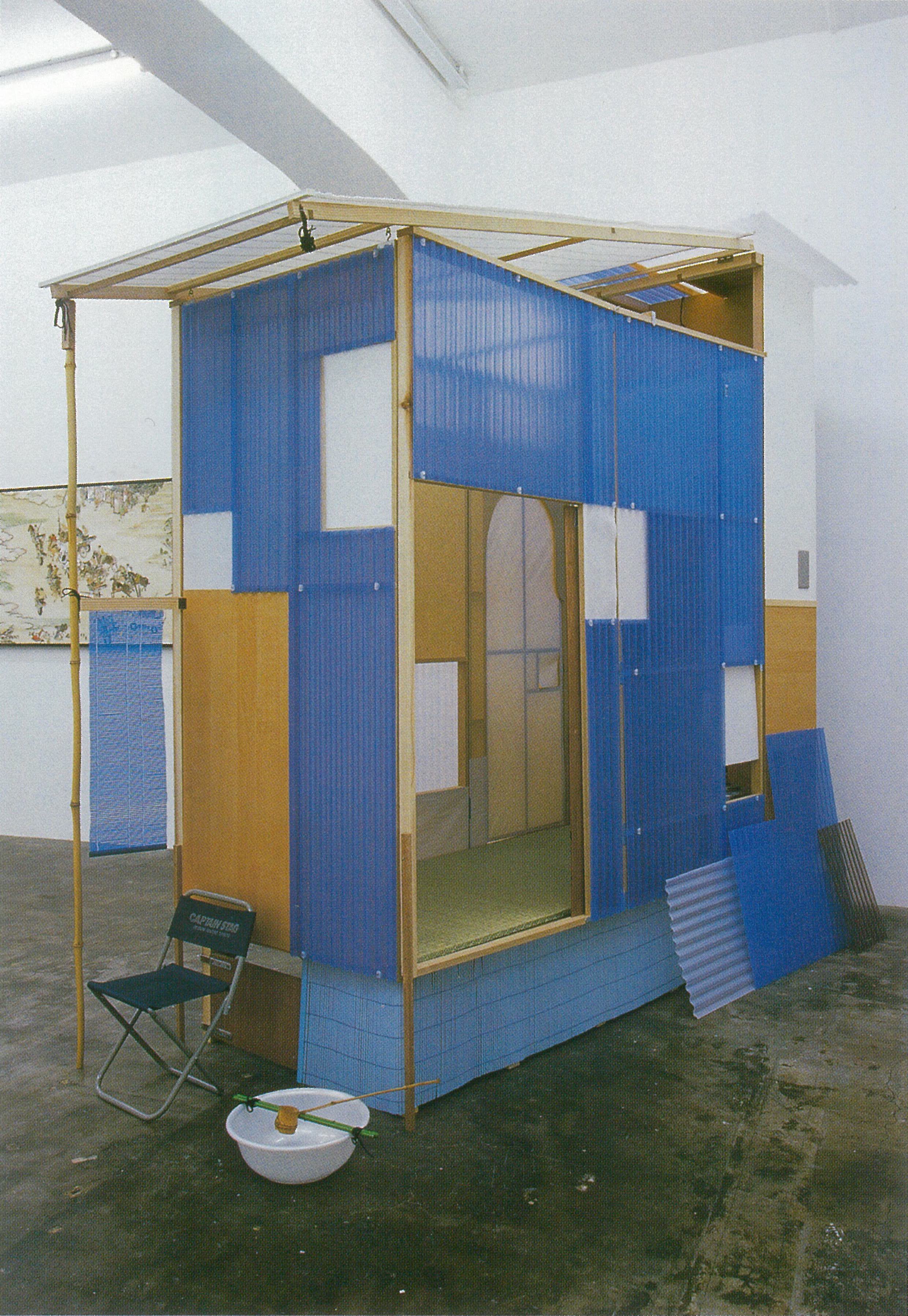Fault Lines
*
连锁, To Interlock
*
We slept on the floor on a single mattress, the first week we moved into our new apartment. Although we snored relentlessly into each other's eardrums and rolled off the deflated cotton island onto the floor; Emmy and I were euphoric, because this home, this mould, this borrowed cutlery, this rose-gold couch and all of this primordial dust, was ours.
Our morning rituals involved playing Beyonce’s Lemonade from a crackly UE boom as we applied our make up, shrieking When you hurt me, you hurt yourself… Don’t hurt yourself!, while swilling mouthfuls of plunger coffee. We were always running late for appointments, and for a time it felt like happiness, or something close to it. I had left a past self; the one that I had created with you, behind.
*
Love is just a spectator sport to you, you had said on the phone the other day, as I stayed silent on the other end of the line. The memory of your touch had flattened out into a dull hum. There had been a time before, when I’d admired your narrow-eyed cynicism, had conflated your disillusionment with insight.
Forgive me, I had eventually replied.
Emmy sends me a video of a raccoon trying to climb over a wall, its rotund body swimming in the air. We were rosy and hopeful, in this place where our memories hadn’t assumed form yet. The apartment is humble, and the water temperature in the shower is hard to adjust. It is either too hot or too cold.
*
Some of the oldest timber structures in the world can be found in China and Japan; buildings that have survived centuries of revolution, natural catastrophe and state warfare. Interlocking is a classical Chinese building technique used to construct temples, palaces and homes, without requiring the usage of nails. Pieces of wood are sculpted with geometric precision, and slotted together like a jigsaw puzzle to create the structure. Each section of the building is contingent on the other parts, small fragments are assembled to form a whole.
Fundamental to the design of interlocking joinery, is the potential for non-destructive dismantling of entire buildings, allowing for the parts to be transported to a different location, for the parts to be reassembled all over again. When temples were damaged by fires, the surviving parts could be salvaged, extended, or reused to augment another temple. Each structure was a modular, architectural rebirth.
Interlocking also allowed for buildings to be extremely resistant to earthquakes, as there was space for the wood to expand and contract when the earth convulsed. While originating from China, the design principle spread to Japan and Korea through a cultural osmosis; countries which balance on the cusp of tectonic plates. Through a process of perpetual rebirth, there are temples composed of traditional parts dating from the 9th century, existing alongside refurbishments which are only three years old. The past and the present are fused together in physical form.
*

*
There is a construction site next to our apartment releasing plumes of dust and dirt, which drifts in through our windows. No matter how hard we scrub, a perennial layer of grime cloaks all the surfaces of our apartment. It’s wet in April, and the deciduous trees have started shedding their leaves, leaving empty limbs draped with raindrops. My insides are perpetually scrunched up. Frozen twigs have started breaking in the cold.
One day, I notice clumps of dust from the construction site, congealed with frost and rain, hanging from the trees like christmas baubles. They resemble uncanny, miniature sculptures. Their icicle forms are frozen to the tree, but look as if they are on the verge of dripping off, movements suspended mid air.
*
While the exact philosophical reason for using interlocking in China is unknown, scholars theorise that Buddhist values have informed the development of this building technique. Rebirth and reincarnation are central ideas underpinning Buddhist ideology, the bedrock of early Chinese, Japanese and Korean religion. While Buddhism differentiates in practice across different countries and regions, a subject’s life is often conceived of as a cycle of construction, deconstruction, and reformation. A soul takes on various living forms; through reincarnation, it can occupy the body of a leaf, a bird, a human over time. The histories of past selves, are brought into the self that is experienced in the present. On architectural terms, this idea is translated physically through the adaptive structure of the building itself.
Most mornings I wake to the sounds of hammering and drilling, leaking into my room. Emmy’s bedroom is on the other side of the apartment, sheltered from the abrasive noises. The construction site has become my alarm clock and the walls are porous, allowing us to trace for the auditory contours of our neighbour’s routines. The scrape of chairs against the floor, the frenetic coughing of an elderly man, the buzz of an electric toothbrush switched on.
Our neighbours belong in a mid-century sitcom, and the yellow brick of the apartment complex unifies us all. Unit 3 is being renovated by a young white woman, whose collar is always stained with pale foundation. She has a piercingly loud voice, which escalates in shrillness when she complains to our neighbours about generally trivial issues. Unit 4 resides an Indian family, who oscillate between playing tabla music and heavy metal screamo from their loudspeakers late at night. I have never met the inhabitants of Unit 5, but a nurse visits sometimes, to administer medication to the residents of the flat. Unit 6 is a honey-eyed saxophonist who claims to be a music teacher, but the faltering notes that float from his apartment suggest otherwise. He can be spotted reading Jordan Peterson books from time to time, and once cited Ben Shapiro’s teachings as “spiritual enlightenment” in passing conversation. Unit 7 resides Jeremy, an energetic drag queen and resident sweetheart. Unit 8 is a frail old hoarder named Nancy, who owns 3 sphinx cats, and an endless collection of brightly patterned scarves. She can be seen scuttling to and from her apartment, wearing red-checkered shirts, floral pants and crocs.
We slot easily into the cast as a pair of archetypal art history students; equipped with cliche front fringes, discount bottles of Jacob’s Creek, and an insufferable knack for throwing around pretentious words with “-ology” at the end.
*
During the Azuchi-Momoyama period of the 16th century, The Golden Tea Room was built for a Japanese lord. The walls were constructed from cypress wood and silk gossamer, and the opulent room was encased in lustrous gold leaf. Bamboo panels held the robust structure together, and the room was capable of being collapsed, to pack and transport in a box. Toyotomi Hideyoshi took the portable room on tour around Japan, inviting venerated figures to participate in his tea ceremonies. Corroscating beams of light were said to have reflected off the walls. As a way to exhibit his wealth, power and status to noble guests; his decisions were seen as aberrant, as previous ceremonial traditions favoured gestures of humility and reticence. While the original room has been lost over the annals of history, it is an object which has been replicated in the following centuries by craftsmen.
*

*
改变, To Change, To Rearrange
*
You have a habit of memorialising everything, which is your best and worst trait, you had said to me one morning. You hold on to things that don’t mean anything. We were standing in your kitchen, waiting for the kettle to boil. The bench was sticky from breakfast, residual sugar gripping the surface. Dust had settled into all the cracks of the wooden dining table.
*
When asked the simple question of What medium do you prefer to work in? In an interview at the Tate Modern, Hu Xiao Yuan responded with quiet sincerity. This question is too extreme, because a person changes every day, and so does the world, she said. Before you arrived here, I did not know you, and we had never communicated with each other. But now we are sitting next to each other and chatting. I might get useful information from what you say. This information might influence me. When you leave here a bit later, your influence will have stayed with me and I will have changed. The change might not be obvious or dramatic, but I will absolutely be different in a subtle way. In China, we like to speak about the last second, this second and the next second. Everything, including yourself, is constantly changing. A person is not the same person they were a moment ago. If we are speaking of my approach and the media that I use, is there one unchanging thing that can suit a person whose thinking is constantly changing? I do not think so.
*

*
Nancy the hoarder is standing outside on her balcony, staring at the sky one evening. I am sitting on our adjacent balcony, smoking back gleaming tears. I stop to ask her what she’s staring at. She turns to me to describe the cloud formations, Cirrus, Cumulus and Stratus. I used to be a flight attendant. A humid breeze runs slick through my hair, and the air is warm, static with the foreshadowing of a storm. Thoughts congeal like soup in this weather. She invites me into her flat to meet her cats.
Her apartment next door resembles a dark cave, filled with stalactites of books, plants, lamps and small cat figurines. She lives alone, and whittles away at time by collecting things. She tells me that many of the objects in the room are her dead mother’s, who passed away last year. She feels comforted by them. I tell her about my break up, about the slow process of mental renovation, the lingering sadness. I ask her if loneliness can be abated by material possessions. The intangible feeling of longing for something that isn’t there anymore. Most people think so, but I’m not so sure anymore, she responded. Everything feels so different now.
Nancy says that her cats saved her life, while cradling Suki in her arms. How? I ask. She tells me that years ago, she had an anaphylactic reaction and had fallen unconscious on the floor of her apartment. One of her concerned cats sat on her chest for over an hour, while the other two paced around her. The pulse and weight of Suki’s body heated her heart, so that it kept on pumping. A social worker had discovered her later that day.
*
Sand Dune (1997) was a site-specific performance piece by Lin Yi Lin, who attempted to build a moving concrete wall, brick by brick, on a mountain of sand. With each sinking brick he laid down, he would pick up another existing brick that was previously part of the wall, to extend the other side. The shape of the wall was continuously changed to “climb” the sand dune, until it became impossible for Lin to persist building on the unstable foundations. In this work, architecture is conceptualised as an ongoing process of adaptation over time, rather than as a discrete, or static structure. Thresholds are erected and disintegrated continuously, a constellation of meaning is generated; where building, destruction, and adaptation occurs all at once. The work was performed on a construction site in a central district of Guang Zhou.

*
How much can an object change, how much can it be altered or extended, before it becomes something else entirely?
*
断, To Break
*
During the first week of moving, I wake up in the middle of the night to the sound of a fight, the sound of drunken voices filtered in from the courtyard. Skin soft with sleep, I can hear the sound of punches being thrown to percussive tabla music. The unfamiliar objects in the room are cradled by darkness, black boxes stacked up against the wall. Nestled on our single mattress, the room is big and empty enough to swallow us.
I turn over to check if Emmy is still asleep, and am comforted by her gentle snoring. I can hear a woman screaming, begging the fight to stop, the sound of glass splintering on concrete. In my semi-wakefulness, it jogs an old memory. Soaked with uneasiness, I lie with my eyes closed, absorbing the sounds of the night and wishing for the deepest, blackest sleep.
*
Kintsugi, translated as “golden repair” is a Japanese art form from the 15th century, which was initially developed as a restoration technique for broken pottery. Broken ceramic pieces were adjoined using a mix of lacquer, gold leaf powder and tree sap, creating luminous gold seams that ran along the body of the vessel. Through this methodology, the breakage and repair of the object is aestheticized, rather than treated as something to veil. Its former destruction is assimilated into its newly assembled form, with scintillating veins tracing the memory of the past. Although initially a functional process, Kintsugi became a highly coveted style of ceramic art, as it was seen to mirror the aesthetic philosophy of wabi sabi; an artistic sensibility that cherished incompleteness, process and transience in objects and forms. In the following decades, citizens began breaking apart ceramics purposefully to increase the market value of their wares.
*

*
Please don’t test my patience, I had pleaded with you that evening, as we walked around your suburb. The sap of the ginkgo tree had hardened into bronze.
No, you shuddered in defiance, your mouth set thin as tracing paper. I stared at my hands, still cupping the mug of tea that I had taken from your house, heat draining into the night air. I imagined myself destructing, splintering into pieces. I was so tired, my temper so delicate. I tried once again, I’ve had enough.
No, you had insisted again, refusing to accept the reality of the situation. We stared hard at each other, unflinchingly. Arrogance flickering across your facial features. You have a face that shows so much of itself, so easily.
Your jaw was rigid with anger, or was it pain? when I dropped the mug onto the concrete. The ceramic smashed in slow motion, hot water bursting from its core. Black tea leaves spilled into a mountain on the ground.
*
The Bride Stripped Bare By Her Bachelors, Even (1915-1923) by Marcel Duchamp, was composed from oil, varnish, lead foil, lead wire, and dust on two glass panels. It depicts blunt, geometric images of a washing line, a bride, and nine figures flitting across two glass screens, using found materials to articulate an absurdist scene. Duchamp set the work up in his studio for years, allowing clumps of dust to collect onto its surface, which he then pasted onto the work itself. Dust was transformed into an ornament, a feature of the work that marked the passing of time. When the artwork was shattered while being transported from a museum in Brooklyn, Duchamp was utterly ecstatic. He said that the incident of accidental cracking was perfect, and completed the work in a way he never could have.

*
修复, To Repair, To Reform
*
We are yelling and screaming at each other with laughter, while failing to follow the simple instructions from an IKEA instruction pamphlet. I sneeze from the dust, and flimsy paper floats to the ground. We are trying to unpack and piece together an ugly white bed frame, bit by bit.
*
The sun is setting. On this side of town the berries are crimson, the trees look as if they’ve been imported from somewhere else. Rubbish bags hang from the branches and the birds choke on them.
Hector and I are traversing the suburbs, animatedly discussing the new glass apartment buildings back home in New Zealand. I love our ambulatory conversations on evenings like this; writing conspiracy theories in an endless ramble, where we can barely tell where our thoughts begin or end.
A fault line runs through central Wellington, and prior to moving to Melbourne, we had grown up with the collective hysteria around The Big One; an earthquake that is predicted to split the land into pieces. High rises stretch their way through the centre of the city, uniform, monolithic structures of concrete and glass. These buildings have been constructed with materials to fit a contemporary minimalist aesthetic, rather than to withstand an earthquake. Form is at odds with function, entire properties would inevitably collapse in The Big One, struggling against the earth’s tensions. The destruction is inevitable in its construction, he had said.
*
In 2011, the architect Shigeru Ban designed the Emergency Paper Partition System as a response to the Tōhoku earthquakes in Japan. Earthquakes ruptured the land, and left thousands of people displaced, who sought refuge in crowded high school gymnasiums. With little resources available, the architect devised a system using white cloth and tubes of cardboard, employing the traditional interlocking technique. The gymnasium was divided up into partitions for each family, and allowed for new rooms to be adjoined as evacuees arrived. Privacy and dignity was returned to the displaced.

*
Time is wasted on sleeping, you used to say. I’d take all that liquid time and learn an instrument, how to paint, I would build us a house.
*
In his contemporary rendition of Portable Folding Tea Ceremony Room, Akira Yamaguchi bends the preexisting historical connotations of The Golden Tea Room by rebuilding the room with present day materials.
Blue translucent sheets of corrugated plastic are flimsily arranged to create the room, and thin wooden sticks appear to barely hold the structure together. Gaping holes are left in the walls and a rickety fold-up chair sits in front of the entrance, creating a comically naive aesthetic. Instead of a golden tea set, a plastic bucket takes its place in the composition.
By reconfiguring the gold status object as an unexceptional, cheap shack, the legacy of the tea room’s status is subverted. Historical tradition and material luxury is rejected through postmodern parody. In the act of reconstruction, he excavates the memory of the object’s past, playing on the room’s capability to be disassembled and rebuilt. As an item of adaptation, temporality is collapsed and a new structure emerges, as he reexamines the past through the present.

*
The city is getting colder and the days shorter, as I walk down the street, washed in blue evening light. A tram rattles past, a person swears out of their car at a bike rider, each breath hovers and curls in the air in front of me. The leaves are sharpened with rainfall and the green is clearer, it is luminous against a blanched out backdrop. Things happen, and the passage of time moves on unremittingly.
These days I have a few intimate images of you left in my head, but I feel distanced from these memories as I am recollecting them. Banging your shoes on a table leg for fragments of sand. Lying silently in bed and calling it tenderness. Bloated words, losing their meaning the more we say them to each other. Monochrome days, rolling out endlessly. The sound of the bluetooth disconnecting when the door is slammed.
Your voice is bathed in echoes when it reverberates again in my head, but it fades, until it is barely audible. You hold on to things that don’t mean anything. And while no one else cares about these past memories, I’m not sure if I do either, any longer.